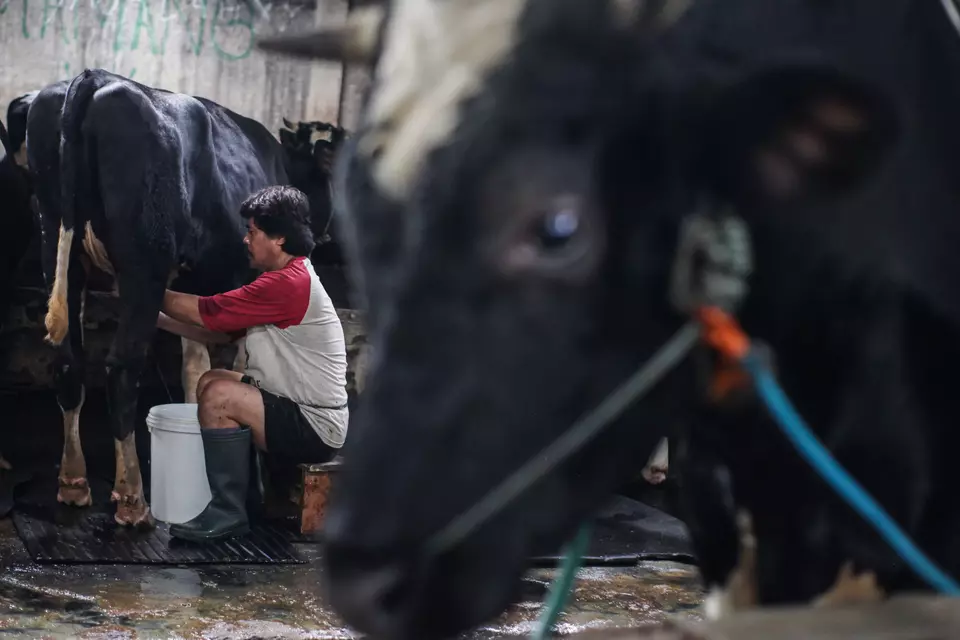Animal breeding programs play a crucial role in improving the livelihoods of smallholder farmers in Indonesia. Livestock farming is a key driver of income, food security, and nutritional health, especially in combating stunting and improving cognitive development. However, inadequate breeding practices and limited access to quality genetics hinder livestock productivity, affecting both household income and national food security.
To overcome these challenges, targeted and inclusive breeding strategies must be implemented. Here are the steps to design and execute a successful breeding program:
1. Conduct Preliminary Assessments
Start by identifying local livestock preferences, such as cattle, poultry, or goats. Evaluate current practices, herd sizes, and challenges like inbreeding or disease. Engage the farming community to ensure the program aligns with their needs, fostering participation and acceptance.
2. Define Program Goals
Set clear objectives such as improving milk, meat, or egg yields and increasing disease resistance. Collaborate with farmers through workshops to prioritize goals and educate them on breeding concepts. Engage stakeholders like veterinarians and agricultural experts to refine these objectives.
3. Build Farmer Capacity
Education is key. Train farmers on breeding techniques, including artificial insemination (AI) and natural selection. Provide hands-on demonstrations in local languages for better understanding. Prevent inbreeding and promote proper animal health management to ensure long-term success.
4. Strengthen Access to Quality Genetics
Establish local breeding centers offering superior stock and cost-effective AI services. Rotate breeding males periodically to prevent inbreeding and improve genetic diversity. Partner with government programs or private companies to enhance accessibility.
5. Improve Herd and Flock Management
Teach farmers to retain animals with desirable traits like growth rate and fertility. Simplify record-keeping to track breeding and productivity. Proper nutrition and health monitoring also play a critical role in reproductive success.
6. Foster Partnerships and Collaboration
Encourage the formation of cooperatives for shared resources and expertise. Partner with research institutions, government agencies, and private organizations to provide technical support and funding.
7. Establish Sustainable Financing
Leverage Indonesia’s microloan program (KUR) to offer low-interest loans for breeding investments. Additionally, adopt a closed-loop system where agribusinesses support farmers with resources and guaranteed markets for their products.
8. Focus on Value Chain Development
Connect farmers with markets to ensure profitability. Certification programs and cold chain systems can boost product quality and accessibility. Government involvement in certification and logistics is vital to reduce post-harvest losses.
9. Monitor and Evaluate
Regularly assess program performance and collect feedback from farmers. Collaborate with local authorities and universities for technical analysis and program improvements.
Conclusion
A well-designed animal breeding program can transform the livelihoods of smallholder farmers in Indonesia. By addressing productivity, nutrition, and market access, such initiatives contribute to economic resilience and national food security. With the right strategies, these programs can empower rural farmers, ensuring sustainable and scalable success.
Read More






 Friday, 09-01-26
Friday, 09-01-26







